Exploring how human biases impact the emerging digital world, how the digital world impacts the human need for inclusion & belonging and hence what are the new emerging opportunities and challenges. While technology is at the core of our increasingly networked world, enabling efficiency gains and improvements of quality of life, the challenges and potential risks it presents are also equally staggering. From the uneven access to technology to the impact of unconscious bias in designing AI, technology carries with it the high risk of amplifying inequalities and like in all other aspects of social life, the most marginalised are at the highest risk. As inclusion is all about reducing inequalities and ensuring equal access to growth and opportunities, this session will explore the multiple challenges around technology and Inclusion from an interdisciplinary perspective. What must we know and do to reduce the social exclusions that could come our way if we do not improve our collective preparedness around it?
Media-led public opinions/judgments has led to many turbulent & challenging issues forcing organisations to introspect and think of better ways of managing the intersections of legal frameworks, social media trails and principles of natural justice. What are some ways to deal with this? Employees, today, are no longer limiting themselves to traditional modes of grievance redressal and are exploring more instantaneous and possibly more effective modes of seeking justice.
In this setting, organisations have no option but to introspect and strike that balance between grievance redressal, setting the right precedent for the workforce and managing the intersection of legal framework, (social) media trial, and the principles of natural justice. Be it the #metoo movement, instances where senior employers are called out for making sexist remarks, or where shareholders hold companies accountable for redressing grievances of workplace harassment, the rules are clearly changing!
While the internet has provided a platform for the oppressed voices and helped to break the unfair immunity that traditionally well-insulated members of society enjoyed, it has also brought with it a culture of naming and shaming people. Amidst the smoke and fire speculations, the lines between revenge and justice are sometimes blurred.
Beyond driving Inclusion internally, developing inclusive business products and services for societal inclusion.
What we commonly mean by “good design” is not good enough if it is not accessible for all segments of society. A good design must be inclusive as a social justice issue. If segments of society are excluded from enjoying products, services, and structures, it is a form of discrimination as it is denial of equal access or participation. Organisations must, therefore, reflect their values as a company by adopting inclusive design principles and carrying inclusive products. Inclusive designs that make products, services, and structures accessible for people across the range of age, gender and disabilities means that we are actually creating a more equitable world where our actions back up our claims that diversity and inclusion really matter.
This session will look at what is meant by an inclusive design strategy and how have these approaches been acknowledged and developed within different design disciplines? You will have an opportunity to meet business leaders who have taken the lead, and reaped the benefits of responding to niche market needs through prioritising accessibility and usability throughout their development process to serve a wider group of users.
Be it women, people with disabilities or people from the LGBT community, several innovative practices have been in place with varying levels of success. Understanding what has worked, what has not.
It is a fairly established fact that economic growth and prosperity often bypass a large number of socio-culturally marginalised and economically disadvantaged group of people. If equal and fair access to growth and opportunities is a fundamental value of inclusion, the true test of its efficacy will be in the representation of this talent across the length and breadth of organisations. The data on this is not encouraging, underlining the need for affirmative action.
At the global level, the United Nations has pledged to “Leave no one behind”. While Governments hold the primary responsibility in creating fair and inclusive societies, organisations and all of society have a part to play in the journey in thinking and acting on how can we be more inclusive of our most vulnerable people without alienating the rest?
This session explores what it takes to frame policies and run initiatives that can actually correct the inequities in a way that integrate everyone in the organisation. What have been some lived realities? Have there been any unintended consequences of some approaches? Which ideas worked, and which didn’t?
Human beings are more complex than singular dimensions of diversity. We are an intersection of several privileges and vulnerabilities of diversity. This layering of diversity is where the “Real” challenges of inclusion lie and this is based on how do we decode this complexity?
The term “Intersectionality” is a buzz word in the global discussions on diversity, equity, and inclusion. Until recently, our level of inquiry into diversity and inclusion has been simplistic and uni-dimensional. Most organisations tracked their diversity scorecards on gender or disability or even sexual orientation assuming as if people fit into only one of these categories at a time. Yet, the reality is that our social identities overlap and intersect so much and in so many unique ways that no one is just a gender or a social class or religion but actually a new and unique combination of multiple identities with new implications.
It’s time, therefore, to expand our definition of diversity and acknowledge that a person can have varying levels of privileges and vulnerabilities. This session is designed to take a look at the experiences of people from varied intersectional backgrounds and help organisations reflect on new and unique challenges and what must be done to build more equity and exploring how can you and your organization be more intersectional in your approach to inclusion and equity?
The road to inclusion is strewn with unexpected challenges. Leaders have to often deal with extremely sensitive and “difficult to decide” situations where no guidance exists. How do we find the right balance? Conformity and diversity – how much is too much?
The sheer volume of global press that tactless handling of diversity issues get, confirms that workplace diversity, equity and human rights are issues that people feel strongly about. Yet, building inclusion is a complex process, often raising ethical, legal and socially challenging questions.
Must organisations be serving its stakeholders first or the broader interests of society? If diversity of thinking is what we are looking for, why do we bother with social identities? How can individuals who want to be seen as unique selves be treated under collective labels of gender, generation, abilities etc? Must people rise above their contexts on their own or should we provide affirmative actions to support? Could initiatives run the risk of being seen as removing unfairness of one kind but resulting in unfairness of another kind? Will we end up living in a world of political correctness juggling authenticity for appropriateness?
The answers to these questions is neither obvious or singular and it is these dilemmas that this session hopes to address. Through candid and dynamic conversations the session will attempt to find that elusive sweet spot of balance for managing this reality
Advocacy, ally-ship and majoritarian support: Role that privileged straight men can play in building parity for women and the LGBT community.
The role of allies is key to the discussion of diversity and inclusion. An Ally is an advocate and catalyst for social change, against society’s “isms” (sexism, ableism, heterosexism, ageism, classism etc). Opportunities to do this are peppered throughout our work and personal lives but are often be missed if we are not conscious of playing our part.
Everyone can be an ally to someone. Privilege is intersectional, so men can be allies to women, heterosexuals for LGBTQI+ community, able-bodied for those with varied disabilities, economically advantaged for those who are not and so on. However, many feel that they do not have the experience, knowledge or the influence to be an Ally. They fear saying or doing something “incorrect” in the sensitive and politically volatile space of D&I. Yet, to facilitate meaningful change, we need more vocal and visible allies.
Being an ally is a skill and capability which is built over time and to do so, one must first empower oneself to be intentional and brave in conversations, and actions.
This session aims to help you get started and equip you with the tools and behaviours required to build more inclusive and collaborative environments.
 //
//

View Profile
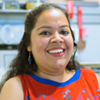
View Profile
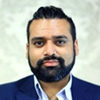
View Profile

View Profile

View Profile

View Profile

View Profile

View Profile
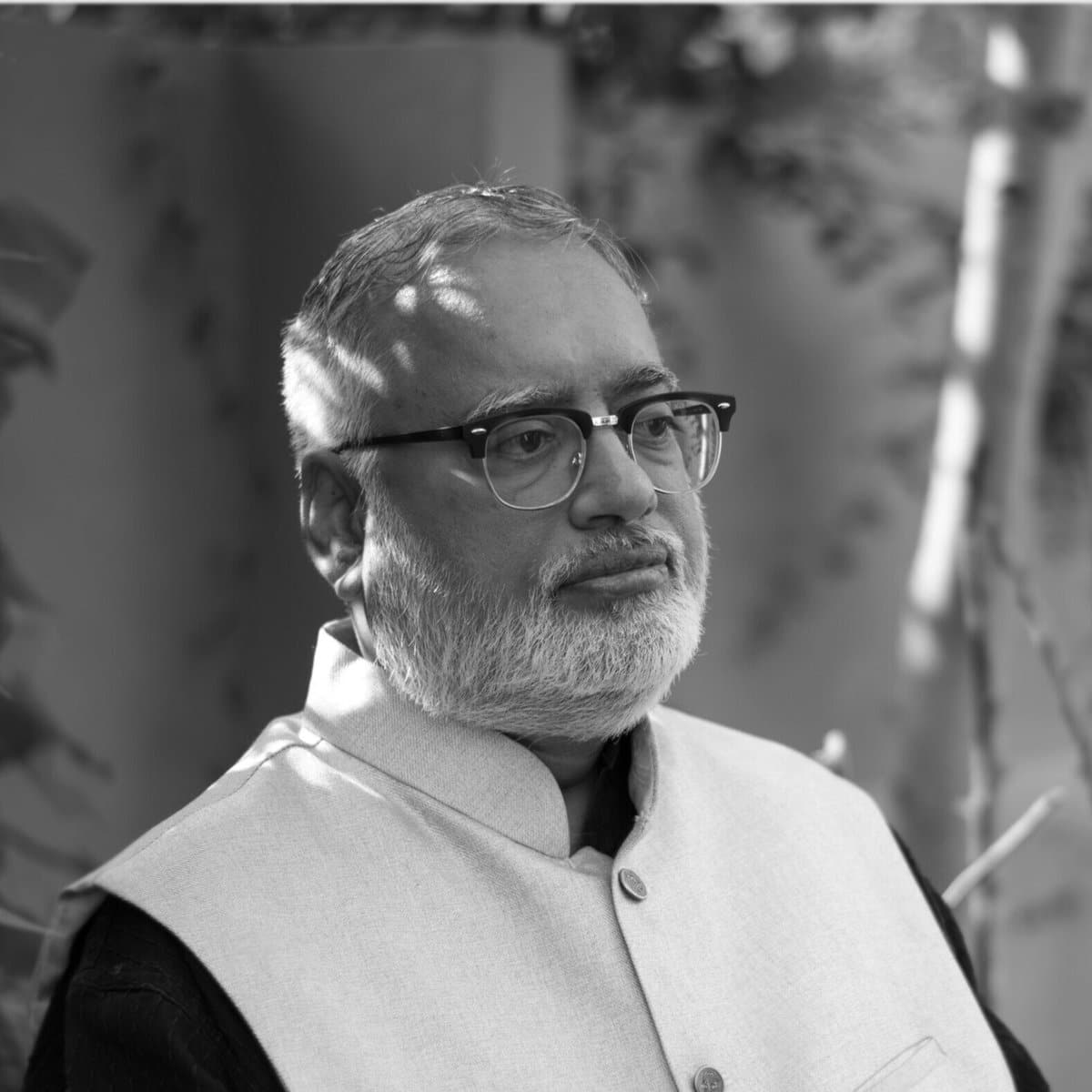
View Profile

View Profile

View Profile

View Profile

View Profile

View Profile

View Profile
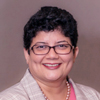
View Profile
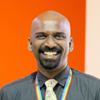
View Profile

View Profile

View Profile

View Profile

View Profile

View Profile

View Profile